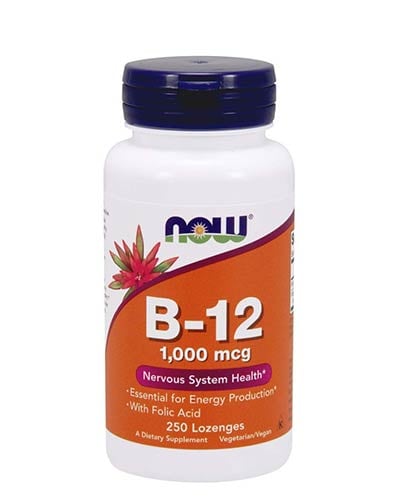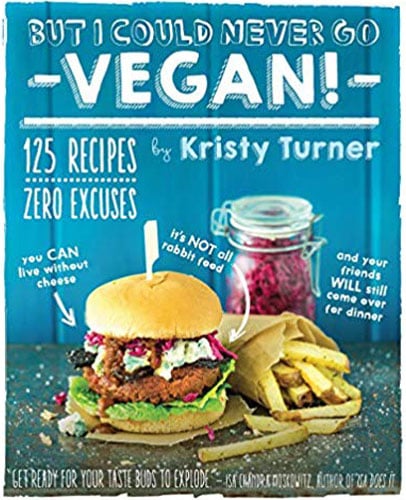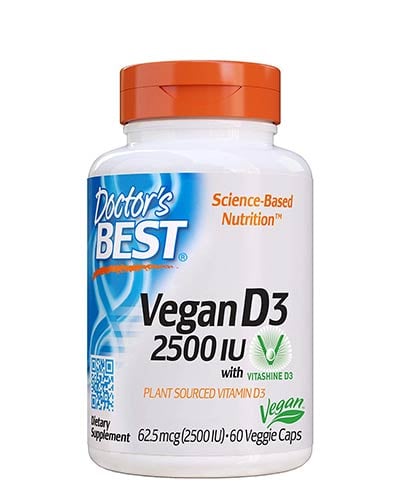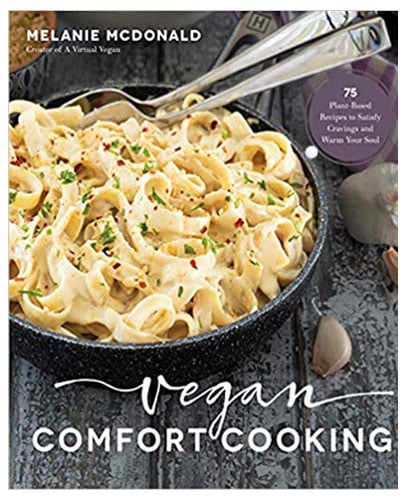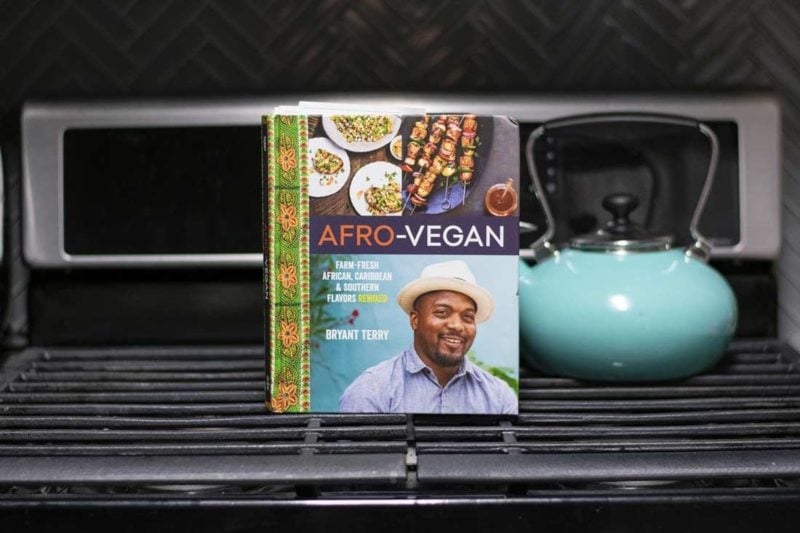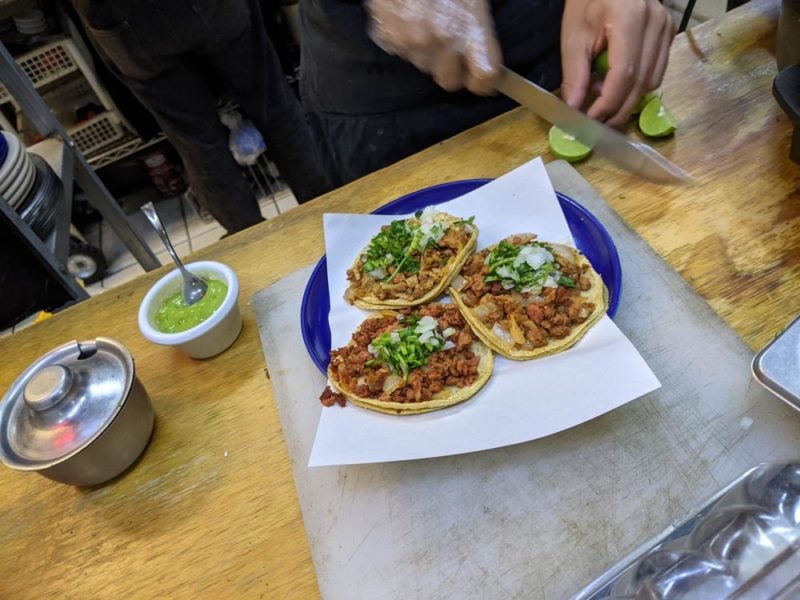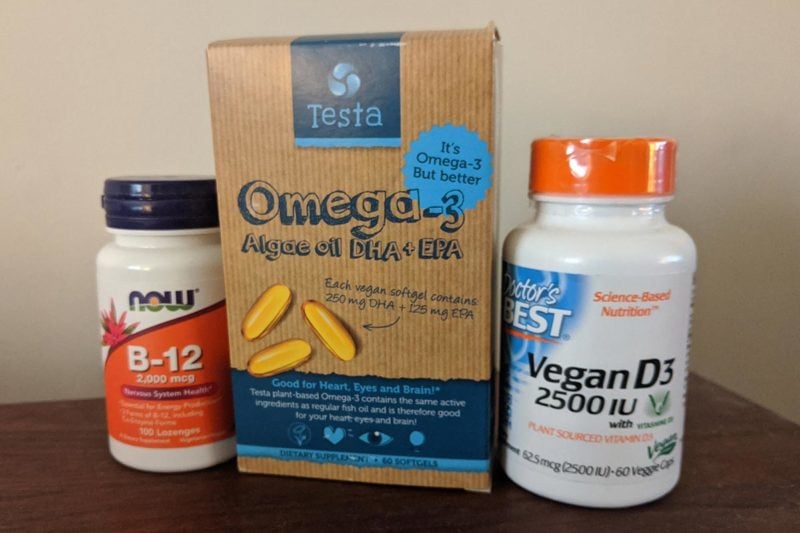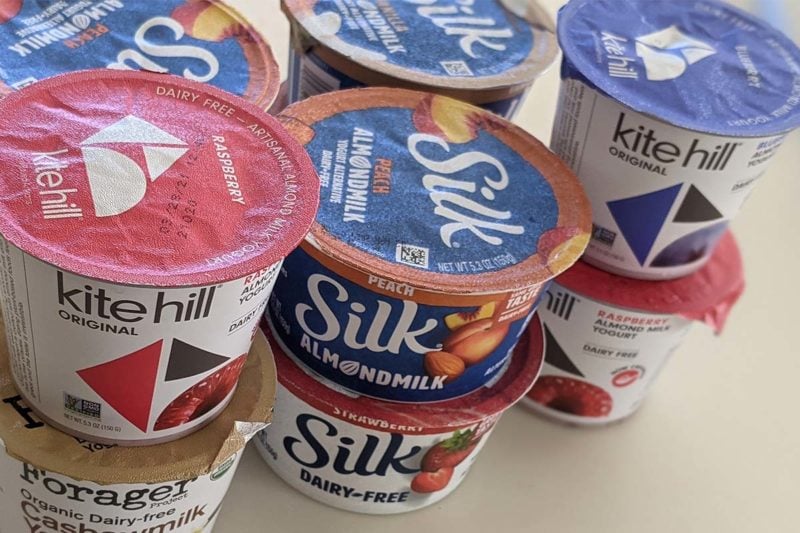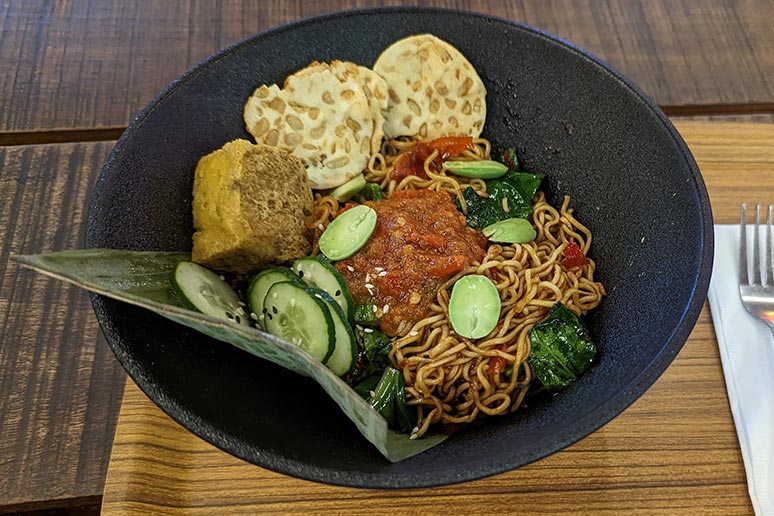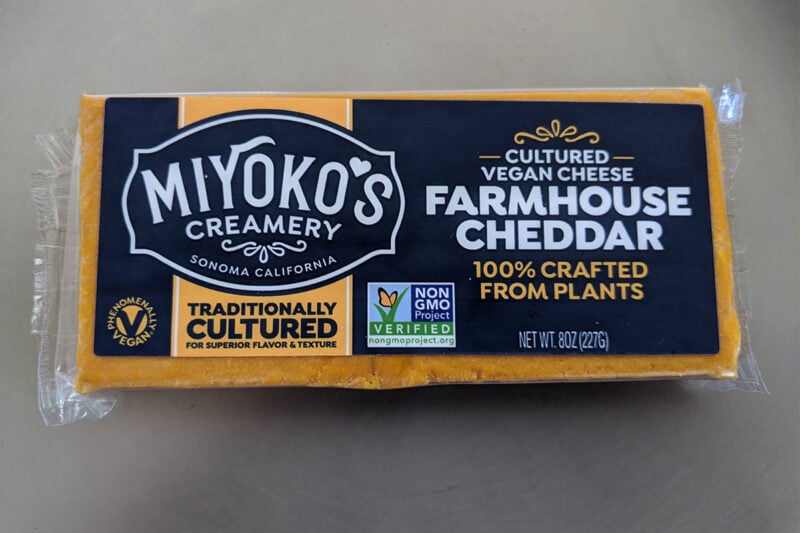Vegan yogurt is widely available. Most brands are made from soy, coconut, cashew, oat, or almond milk. Whatever kind you purchase, they all contain beneficial probiotic bacteria. Many vegan yogurts are also rich in protein and calcium.
Every natural foods store stocks several varieties in its dairy case, and nearly all supermarkets carry it too. At the end of this article, I’ll cover how to make vegan yogurt from scratch. It’s surprisingly easy.
Most vegan yogurts cost more than dairy-based offerings, but the price gap is narrowing. To save money, look for large multi-serving tubs, which are usually about one-third cheaper by weight. These offerings are typically plain and unsweetened. If you prefer fruit-flavored yogurt, just stir in some fresh fruit processed in your blender.
Unsweetened vegan yogurt is a perfect topping for fruit salad. Its tangy flavor plays nicely against the fruit’s sweetness. A dollop is also superb on refried beans or Indian dal soup.
Why is Vegan Yogurt Better than Conventional Yogurt?
Just about every brand of vegan yogurt tastes great. Not only that, these products offer substantial advantages over dairy-based yogurts:
- Animal protection: Dairy-free yogurts spare cows from experiencing confinement and slaughter.
- Lactose free: They contain no lactose, a milk-based sugar most adults can’t properly digest.
- Environmentally responsible: These products carry a smaller environmental footprint, both in terms of reduced resource use and avoiding the pollution generated by dairy farms. Dairy farms cause substantial water pollution and produce staggering amounts of methane, a potent greenhouse gas.
- Higher quality: Most vegan yogurts are formulated with organically grown ingredients. This puts them a giant step up from yogurts made from factory farmed cows’ milk.
All in all, the advantages are overwhelming. Try a few brands and you’ll probably find one you prefer to your favorite dairy-based yogurt.
Vegan Yogurt Brands
Dairy-free eating has gained immense popularity in recent years. Several top dairy-based brands like Nancy’s and Dannon (via its Silk subsidiary) now offer vegan versions.
- Forager: Cashewgurt
- Kite Hill: Almond Milk Yogurt
- Nancy’s: Oatmilk Yogurt
- Oatly: Oatgurt
- Silk: Soy or AlmondMilk Yogurt
- So Delicious: Coconut Milk Yogurt
- Trader Joe’s: Organic Creamy Cashew
Nutrition Information
Protein content varies widely from one product to the next. Soy yogurt consistently contains the most protein. By contrast, almond and coconut yogurt contains very little protein. And oat yogurt is somewhere in between. You can maximize your protein dose by choosing soy yogurt and then garnishing it with chopped nuts.
Consider choosing an unsweetened variety, since many brands contain substantial amounts of sugar.
Homemade Dairy-Free Yogurt
Vegan yogurt is fun and easy to make at home.
I’ve made magnificent coconut yogurt from scratch, the old fashioned way. Nothing could be more primitive yet more delicious. All that’s needed are coconuts, yogurt starter, a machete, a Blendtec or Vitamix blender, mason jars, and a warm windowsill. But this truly old school method requires giving the fermentation process vigilant attention. You screw the lid down not quite all the way, and listen attentively for hissing. Step out for a walk at the wrong time and you will come home to a mess. Since you may not want to commit to babysitting your yogurt while it ferments, a little equipment makes the process foolproof.
The easiest method is to use a yogurt maker or an Instant Pot that features a yogurt setting. You simply stir some vegan yogurt culture into your favorite vegan milk and let the machine do its thing. Here’s an eight minute video showing you how to vegan yogurt in an Instant Pot.


